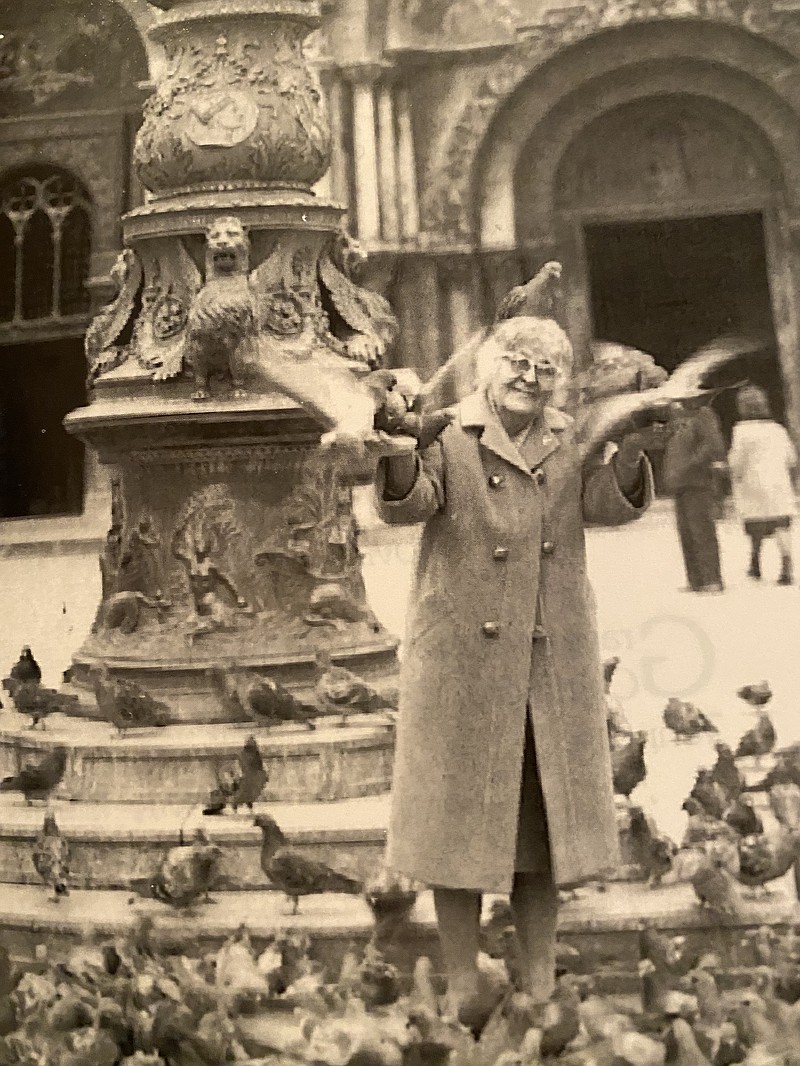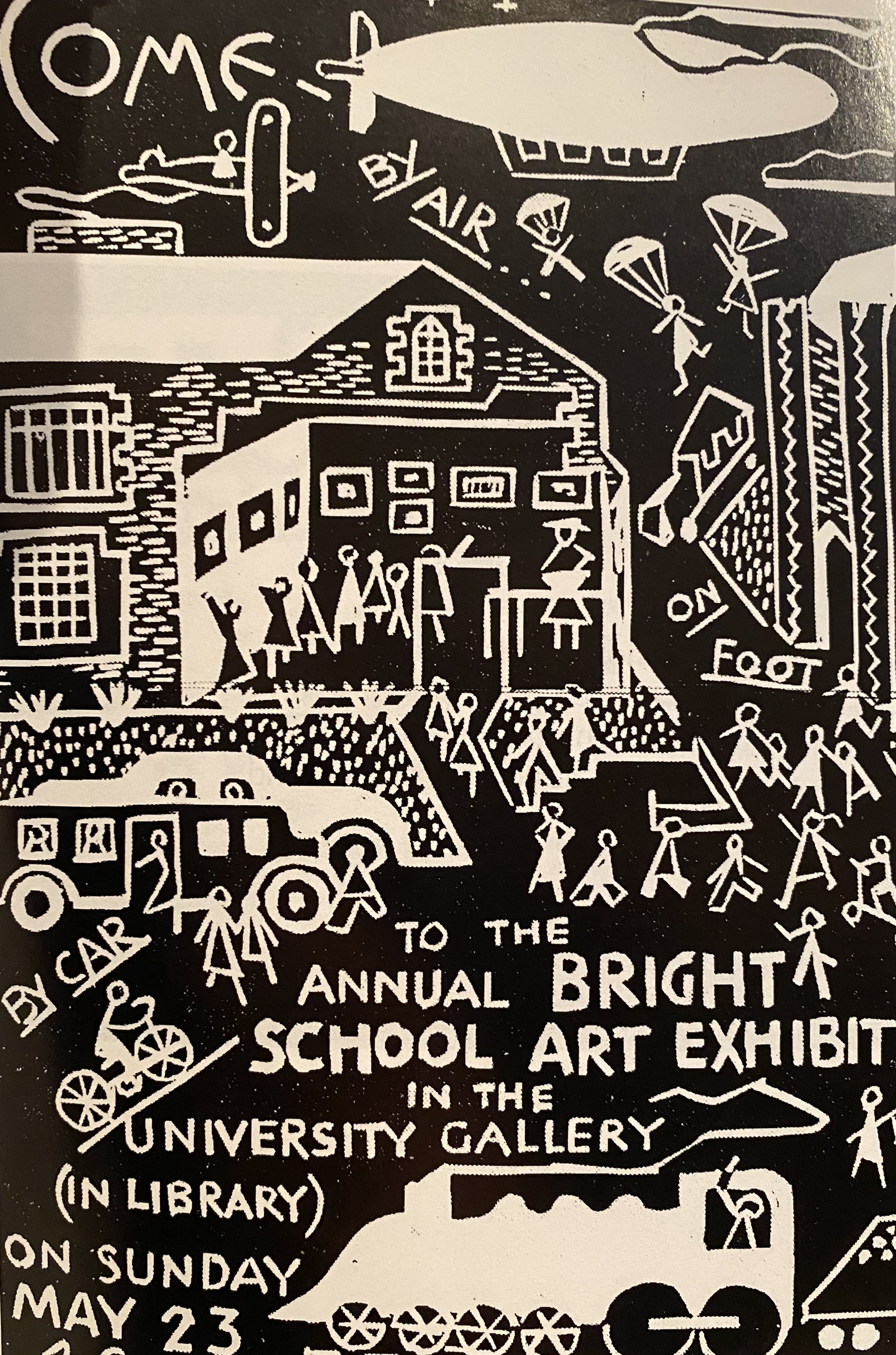Colorful balloons announce the entrance to "her" favorite place in Chattanooga, and thousands of children speak the name of "her" school with joy and flashes of pleasant childhood memories.
But few Chattanoogans know Mary Gardner Bright's achievements, often reflected through the acclaim that accompanies many of the Bright School's former students.
When, in 1999, former student Jasper A. Reynolds Jr. wrote a personal tribute to Mary Gardner Bright, he recalled her as "an impeccably groomed, diminutive lady with an impish smile, twinkling eyes and brown hair ... elegant of bearing, manner and dress with a mind that wouldn't stop ... a demure, young Queen Victoria." What a beautifully crafted description of a woman who was admired nationally for the impact she had on educational practices and curriculum.
Today, Miss Bright's "best practices" about education are recognized as the most appropriate methodology for young students, but in the early 20th century her ideas were less widely accepted. Bright instinctively understood that John Dewey's progressive education philosophy could make a difference in early childhood education. Having known him during her years at Columbia University in New York City in the early 20th century, she was attracted to the wisdom of creating an elementary school curriculum that focused on the interests of individual children and blended those interests into the curriculum and overall program of the school.
Today, the idea of an individualized educational program within a curriculum that addressed those skills necessary for success in later years, coupled with a goal of creating a lifelong love of learning, is not controversial but, in the early 20th century, it certainly was. In an era when the most common admonition was that "children should be seen but not heard," Mary Gardner Bright's goal of returning to Chattanooga, armed with an awareness of how children best learn, and creating an educational environmental where each child could thrive, was revolutionary.
The educational philosophy of the previous century -- and prevalent in educational settings during Miss Bright's era, too -- was that education was a necessary tool and, if a child experienced a love of reading or other subjects, that was wonderful. However, the words "joy" and "excitement" seldom appeared in schools' written descriptions.
Miss Bright would challenge educational traditions and, in implementing classes, programs and practices that did indeed foster a love of learning, would become an influential educational administrator, both regionally and nationally. Her most basic tenet -- that school should be joyful -- was at the core of Bright School's educational mission, in an era when schools seldom articulated a "mission." Bright believed that when educators could identify a child's interests and provide a learning environment where each child could dig deeply into his or her interests, while balancing that special love with the other necessary foundational blocks, learning would continue long after the school day ended.
Former Bright School Headmaster O.J. Morgan shared his admiration for the school's founder several years ago in a blog post, noting, "I'm struck by the balance of her visionary passion and her keen business sense. Only a person with these qualities could have steered a safe passage for a small elementary school through World War I, the influenza epidemic of 1918, the Great Depression, the polio epidemic of the 1940s, World War II and the Korean War, while all the time maintaining the school's position at the forefront of progressive educational change throughout most of the 20th century."
After serving as headmistress of Bright School for 48 years, Mary Gardner Bright retired in 1960. But many of the traditions she incorporated into the daily schedule remain. A curriculum that blends art, music, outdoor learning activities, manual and shop arts, community service and theater arts, now widely emulated, was virtually unheard of in the 1920s or even in the 1960s.
Miss Bright believed in stimulating all the senses, knowing that a varied curriculum accompanied by a colorful, rich classroom environment would allow each small charge to find something that would spark an interest. A current visit to the school provides evidence of that philosophy as paintings, books, historical artifacts and interesting oddities are scattered throughout the learning spaces. And, reflecting Mary Gardner Bright's philosophy, there are no signs posted that caution "please refrain from touching." One can only imagine her delight as young students continue their exploration in the halls where she once walked.
Linda Moss Mines, the Chattanooga and Hamilton County historian, is a retired educator and serves as vice-chair of Coolidge National Medal of Honor Heritage Center. For more local history, visit Chattahistoricalassoc.org.

